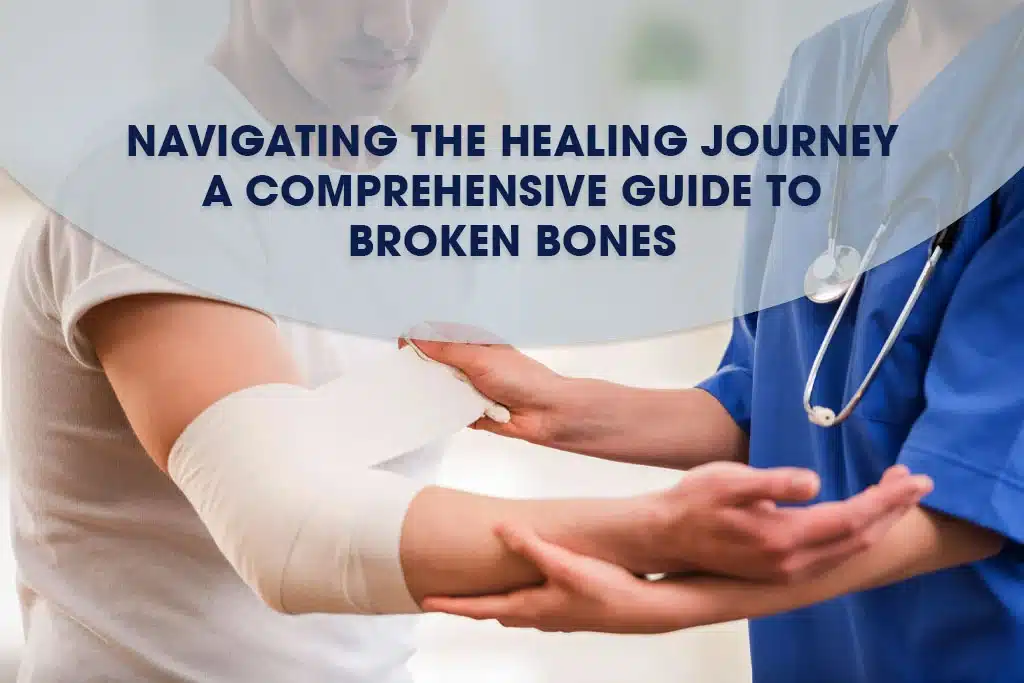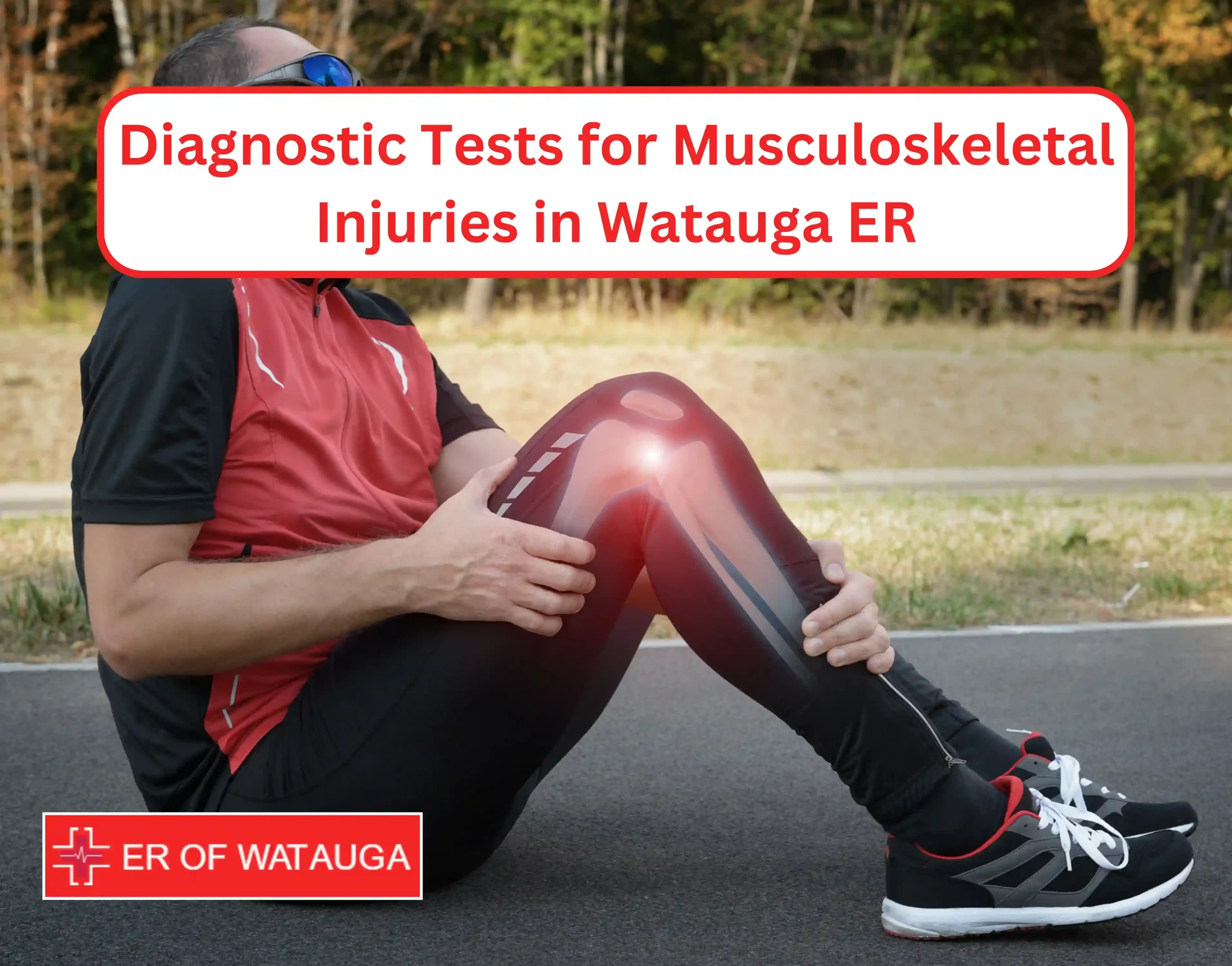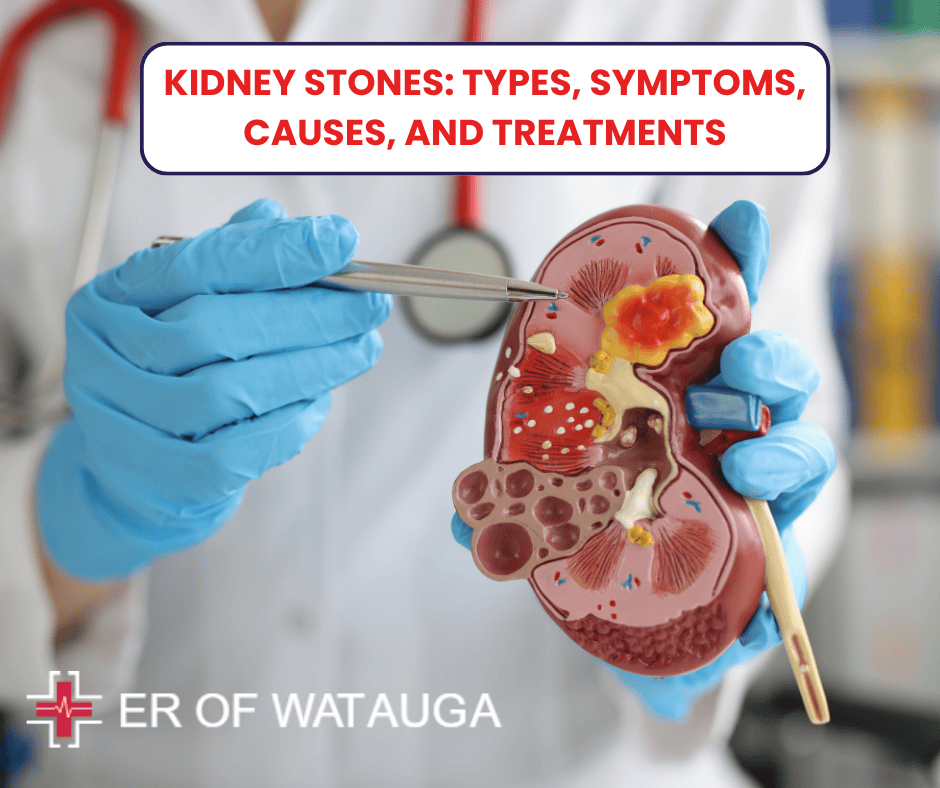Are you looking for detailed information about broken bones and how to heal them? Congratulations, you are almost there. A broken bone is a common injury list that occurs due to accidents, falls, or sports. The knowledge of fracture intricacy, choices of treatment, and how it is advisable to spend the duration of your recovery should feature as a must for any individual who keeps battling with this painful and possibly disabling condition.
The process of healing broken bones must be done calmly and carefully and the healing process through medical supervision can be the key to the best outcomes in your recovery which allows you or your family member to return to normal life as smoothly and rapidly as possible. At the ER of Watuga, we provide an urgent care facility ensuring the best treatment plan for broken bones. We employ the best team of physicians having years of experience in the relevant field. This article breaks down everything starting from the first symptoms and diagnosis, to the healing process in case of breakage following an accident, and then to the legal perspectives.
Understanding Broken Bones and Fractures
Broken bones or bone fractures happen when muscle stress is applied to the bones in excess whereby the bone breaks, or is shattered. They can be quite diverse depending on the particular case. They may range from tiny fractures (hairline fractures) to completely cracking the bone and piercing through the skin (compound fractures).
Broken Bone Symptoms
The most common symptoms of broken bones include:
- The constant pain gets worse when you move.
- Swelling, bruising, or bleeding
- Irregularity of this area around the hurt spot
- These restraints can include not being able to put weight on the injury where the hurt occurs or use of the part of the body that harms normally.
- The skin can be penetrated by bones in severe cases.
When seeking broken bones diagnosis and treatment it is vital to do it immediately having suspected that it is you or a person near you, so that a fine diagnosis would be done by a medical specialist.
Broken Bones X-Ray
X-ray, the basic and powerful one, to identify broken bones, is the most common and effective. It is really clear and captures the severity and precise location of the fracture. Hence, healthcare providers will now have an exact plan to treat the patient. There are cases where patients must undergo other additional imaging tests like CT scans or MRIs.
First Aid for Broken Bones
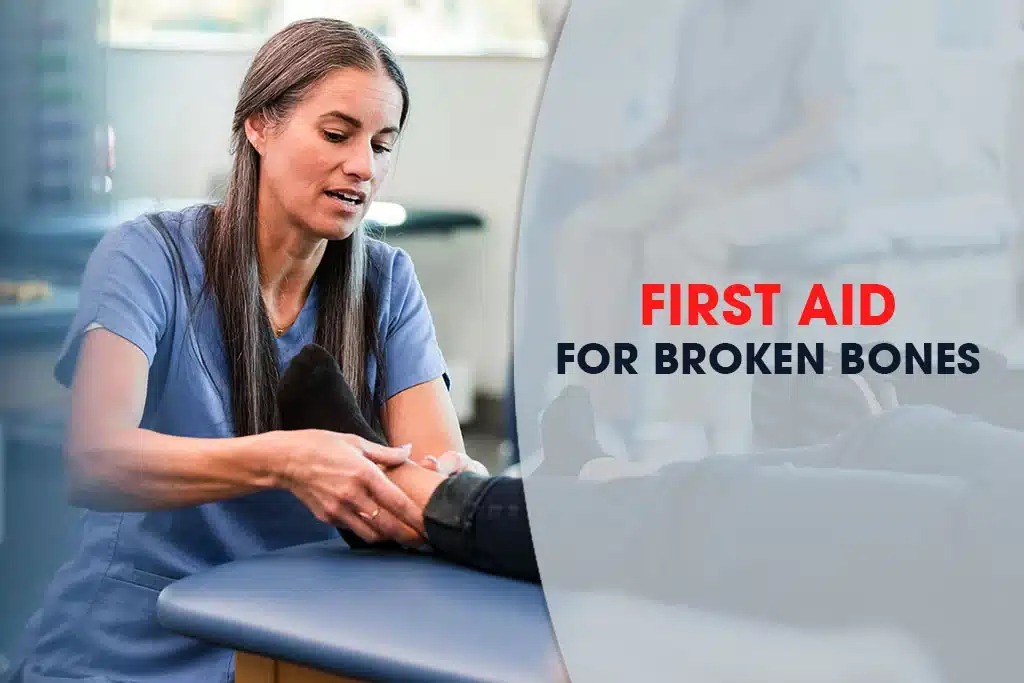
Providing proper first aid for broken bones can prevent further injury and help alleviate pain:
- Ensure never to transfer the hurt man until he is in danger of crushing the bone somewhere awkward where he could get an extra injury.
- Improvise the needed rest by applying a splint or sling so as not to strain the injury. What is of the highest importance is to nudge much less on the bone and find professional help!
- Ice pack application will serve the purpose of reducing swelling and pain, but do not allow the ice to contact the skin gently.
- Elevate the injured body part if feasible to lessen the swelling and pain. if necessary.
- Seek medical help through the emergency line should the brakes open or severe bleeding occur.
Healing and Recovery
Signs Broken Bones Are Healing
Successful healing from broken bones will show several signs:
- The pain becoming less and less every day.
- Reduced swelling
- Improved mobility in the injured part or the ability to put weight on it is a positive change through the recovery period.
- This shows as a callous formation in the X-ray images.
Signs Broken Bones Are Not Healing
An unselected fracture may eventually not heal as expected, which is a condition of nonunion. Signs include:
- More than a few weeks or months later, the pain despite it persists.
- Swelling that doesn’t decrease
- Either abnormal movement or instability at the device close to the bones can also lead to a non-union
- X-rays to detect physiological regression continue to show up
Treatment Options

The treatment of a bone crack mainly depends on the area of injury and the condition of the bone that has been broken. Options include:
Casting or Splinting: The traditional approach for a fractured bone.
Medication: As such, pain relievers and anti-inflammatory drugs.
Physical Therapy: The principle for the healing of the affected part is to regain motion and strengthen.
Surgery: Setback is the case when bones must be aligned/ there is damage to the surrounding tissues.
Healing Time
The duration of time for a fracture to fully heal varies, amongst other things, upon the age and specific bone of the patient as well as the kind of posterior bone. The pace at which the bones heal cannot generally be compared between children and adults but one can conclude that children’s bones heal faster than those of adults. Generally, the small bones go on for a few weeks, but the major fractures can medically take several months to fully heal.
Legal Aspects: Broken Bones Settlements and Verdicts
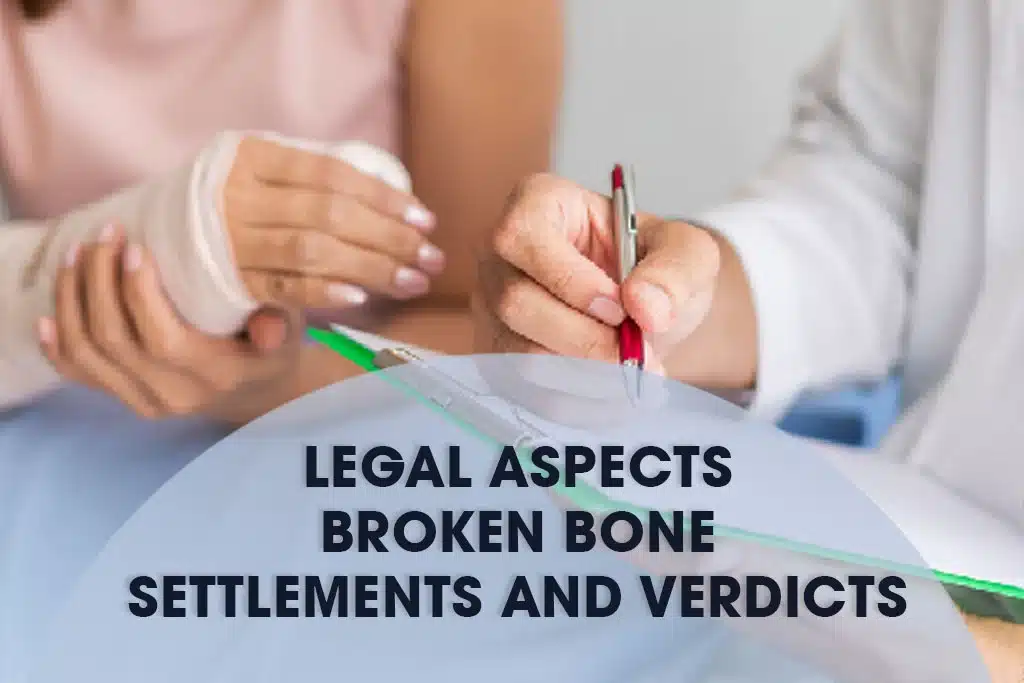
If the accident is responsible to be someone else’s foolishness causing the breakage of bone, the victim may be entitled to compensation. In the universe, the circumstances of summons for bone damage differ and have been different because of the consequences of an injury. Summons for bone damage can be classified into 3 groups depending on the nature of the injury, the effect on life, and the extra costs for compensation.
A claim needs to be backed by medical evidence, should be proof of carelessness by the responsible party, and should contain the record of the medical treatment receipts and their influence on the victim.
Conclusion
While broken bones are a hard experience to live through, studying all the symptoms, treatment options, and recovery moves can hugely contribute to a great journey. Timely medical care is vitally important for a favorable outcome if you doubt a fracture has occurred. In situations where the administration oversights a hundred and committee has been developing a framework where members to approve the requirements for the new gym will be elected to ensure that their rights are appropriately safeguarded. ER of Watauga is a one-stop urgent care facility for providing exceptional treatment plans, innovative diagnostic tests, and personalized care to each patient. You can rely on us to acquire reliable broken bones treatment and diagnostic tests. Contact us today to book an appointment or to gather further information.
FAQs
What are the possible symptoms of a broken arm?
The articular pain, the swelling, the appearance of the bruises, the visible deformity, and the inability to use the area of the body that was affected are the main symptoms. In extreme instances, the bone can break through the skin’s parameters.
How is a fractured bone identified?
Usually, to do with the fracture, broken bones are seen through an X-ray being used which gives a clear image. Usually in more complicated cases, the physician might have to use other diagnostics such as CT scans or MRIs, to explore the structures from the inside in detail.
How should I proceed if I think someone may have a broken bone?
Provided there is no causal link between moving the person and causing a serious injury, use all efforts to prevent the possibility of the injury occurring. Immobilize the affected part by using a splint or a sling to secure it, apply ice to down the swelling, and get emergency medical assistance. For major injuries, call for an ambulance.
Is it standard for broken bones to take one, two, or three months to heal completely?
The duration of healing is not uniform: it is very individual depending on a person’s specific bone and type of fracture, and also their associated health. Varying time of healing for adults and children is not surprising, since the brain composition is completely different for them. The usual duration of rest for minor bones is about two weeks, while healing for bigger and more difficult fractures such as joints and legs may take a few months.
How are we able to observe that the bone is not healing as expected when it is broken?
Features of a fracture slowness to heal or non-union can be unsupported pain, swelling without the decline of the dimension, abnormal motion at the damaged site with the coating of the diagnosis with an X-ray examination in the follow-up. If you have this symptom, it’s advisable to see a healthcare provider for a comprehension assessment and possible treatment plans.
